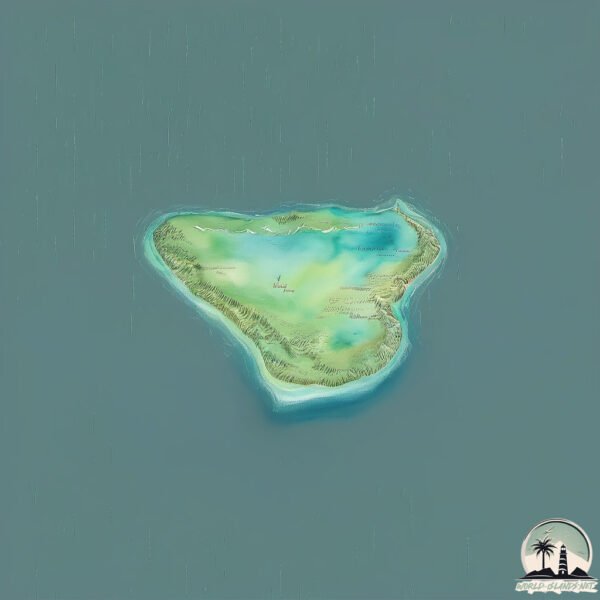Welcome to Sledge , a Polar island in the Bering Sea, part of the majestic Pacific Ocean. This guide offers a comprehensive overview of what makes Sledge unique – from its geography and climate to its population, infrastructure, and beyond. Dive into the details:
Geography and size of Sledge
Size: 3.034 km²Coastline: 14.3 kmOcean: Pacific OceanSea: Bering SeaContinent: North America
Sledge is a Small Island spanning 3 km² with a coastline of 14.3 km.
Archipel: –
Tectonic Plate: North America – Covers North America and parts of the Atlantic and Arctic Oceans, characterized by diverse geological features and varying levels of seismic activity.
The geographic heart of the island is pinpointed at these coordinates:
Climate and weather of Sledge
Climate Zone: PolarClimate Details: TundraTemperature: Cold
Climate Characteristics: The tundra climate features long, extremely cold winters and short, cool summers. Vegetation is limited to mosses, lichens, and small shrubs due to the low temperatures and short growing seasons. Biodiversity is low, but some specialized species thrive.
Topography and nature of Sledge
Timezone: UTC-09:00Timezone places: America/AnchorageMax. Elevation: 199 m Mean Elevation: 113 mVegetation: Herbaceous CoverTree Coverage: 1%
The mean elevation is 113 m. The highest elevation on the island reaches approximately 199 meters above sea level. The island is characterized by Plains: Flat, low-lying lands characterized by a maximum elevation of up to 200 meters. On islands, plains are typically coastal lowlands or central flat areas.
Dominating Vegetation: Herbaceous Cover
Vegetation: 5 vegetation zones – Highly Diverse Island
Infrastructure and Travelling to Sledge
Does the island have a public airport? no .
Does the island have a major port? no .
The mean population of Sledge is 0 per km². Sledge is Uninhabited. The island belongs to United States of America .
Continuing your journey, Awogon is the next notable island, situated merely km away.
What Treasures Lie Beneath The Mysterious Sledge Island? | Bering Sea Gold
BeringSeaGold | Wednesdays at 10/9c Full Episodes Streaming FREE on Discovery GO: ...
What Treasures Lie Beneath The Mysterious Sledge Island? | Bering Sea Gold
BeringSeaGold | Wednesdays at 10/9c Full Episodes Streaming FREE on ...
BeringSeaGold | Wednesdays at 10/9c Full Episodes Streaming FREE on Discovery GO: ...
Emily & Zeke’s Choppy Relationship Tackle The Dangerous Waters To Sledge Island | Bering Sea Gold
Ex-partners Emily and Zeke are setting aside their differences to ...
Ex-partners Emily and Zeke are setting aside their differences to tackle the dangerous waters and uninhabitable Sledge Island to ...
Sledge Island
My climb up towards the top of Sledge Island near Nome, Alaska.
My climb up towards the top of Sledge Island near Nome, Alaska.
United States of America is classified as Developed region: G7: Group of Seven – Major advanced economies, including Canada, France, Germany, Italy, Japan, the United Kingdom, and the United States. The level of income is High income: OECD.
News – Latest Updates and Headlines from Sledge
Stay informed with the most recent news and important headlines from Sledge. Here’s a roundup of the latest developments.
Loading...
Please note: The data used here has been primarily extracted from satellite readings. Deviations from exact values may occur, particularly regarding the height of elevations and population density. Land area and coastline measurements refer to average values at mean high tide.

